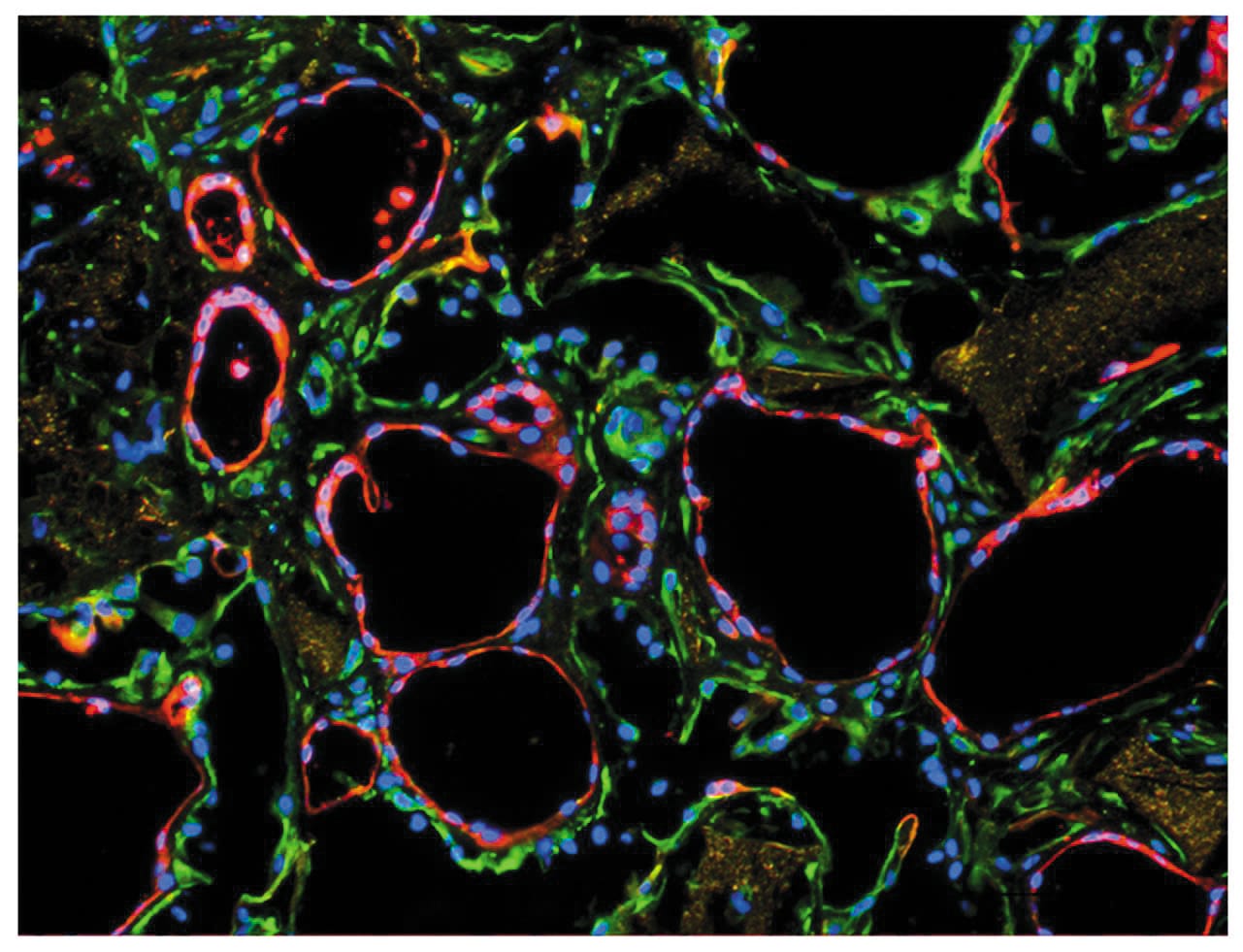Strips of embryonic stem cells repaired Achilles tendons in mice and cells extracted from human hair turned into beating heart muscle cells

In two studies carried out in the Technion's research laboratory under the direction of Professor Yosef Itzkovits-Eldor, director of the women's and obstetrics department at the Rambam Medical Center, the researchers were able to produce cells and tissues in the laboratory that can be used in the future for transplants, to discover drugs and to understand the development processes of various diseases. In the first study, ligaments derived from embryonic stem cells were implanted in mice in which the Achilles tendon had been removed. After the transplantation, a complete repair of the defect was achieved and the transplanted mice were able to move their feet and move freely. "We believe that this development will allow in the future the preparation of tendons from embryonic stem cells which will be used as an off-the-shelf product to replace damaged tendons and ligaments in humans," said Professor Itzkovits-Eldor.
The research began as a post-doctoral thesis of Dr. Shahar Cohen and was published in the scientific journal "Tissue Engineering". Other partners in the research are Professor Eyal Sussman, Professor Ariela Livna, Dr. Samer Srouji and PhD student Lucy Lishansky.
In the second study, researchers from Professor Itzkowitz-Eldor's laboratory were able to transform cells extracted from human hair into beating heart muscle cells. Several genes were inserted into the cells taken from hair (keratinocytes) using a viral vector, which enabled the reprogramming of the cellular genome and their transformation from mature hair cells to "induced stem cells". These cells, similar to the embryonic stem cells, are able to differentiate into every cell and tissue in the human body. The cells spontaneously formed contractile heart muscle cells similar in their properties to mature heart muscle cells. "Here, too, we believe that in the future it will be possible to extract induced stem cells from individual hairs that can be used for the purposes of transplanting cells that are genetically identical to the person from whom the hairs were taken and understanding the mechanisms of the disease from which he suffers," says Professor Itzkowitz-Eldor.
The research was published in the newspaper "Cellular Reprogramming", with the first authors being research student Atara Novak and Dr. Ronit Streichman. Other partners are A. Bina Y. Germengoz, H. Segev, N. Zaevi, b. Fishman, Y. Mendel, L. Bard, H. Dumb, d. Cotton and G. Mostoslavsky.

5 תגובות
The real ones!
Not all singers, celebrities, etc. who make money and do it for themselves only...
These are the people to admire
Giant!!!
just wonderful.
The next step, genetic therapy to rejuvenate the whole body, then we can live many years
and reach even more achievements,
And then the real question that will arise is
How much information the brain can absorb, then someone will attach a flash memory to the brain
Ha ha ha 🙂
Weird right, but who knows?! Maybe it will happen again.
So what ? Did the ice eat her? Did they come out bald here and there?
(provided they have no other sources of body hair left)
and try to cut not pull with tweezers.
It's really amazing to see the impressive progress in the various fields of science.
By the way, what is the meaning of the wording "the cells spontaneously formed heart muscle cells"
What is "independently" isn't it customary to say "independently"?
Bring me two kidneys
One liver one heart
Intestines and eggs for colent on Shabbat